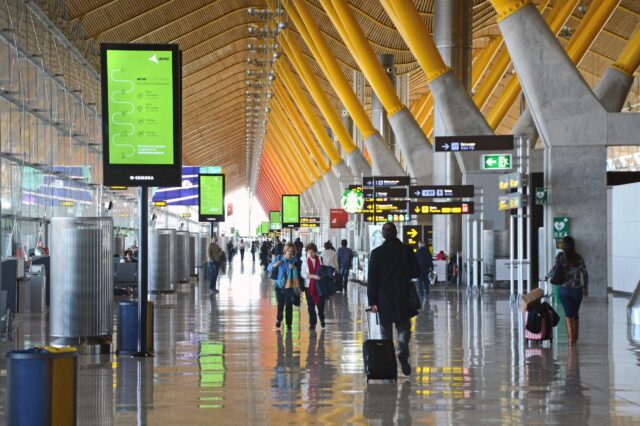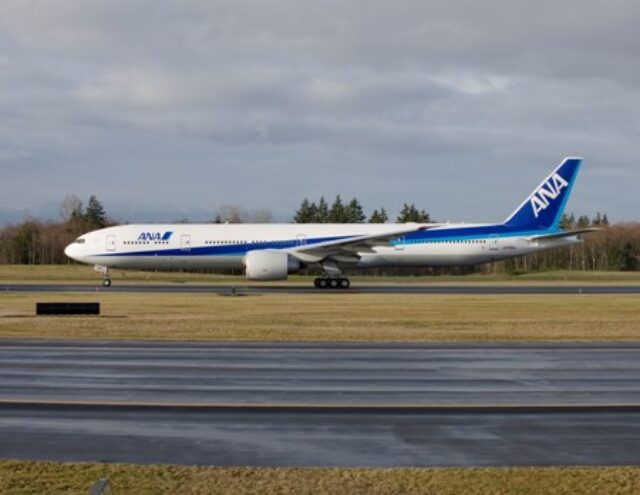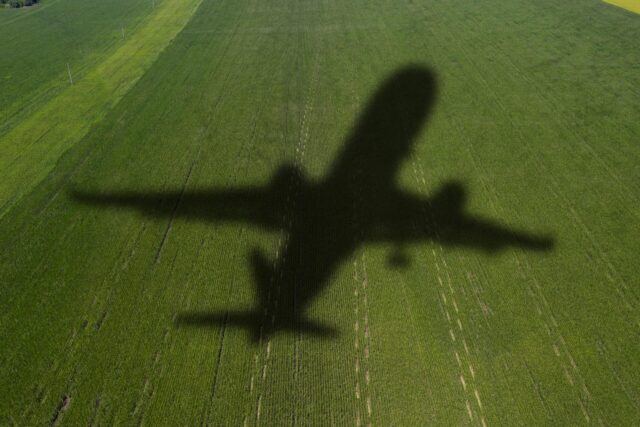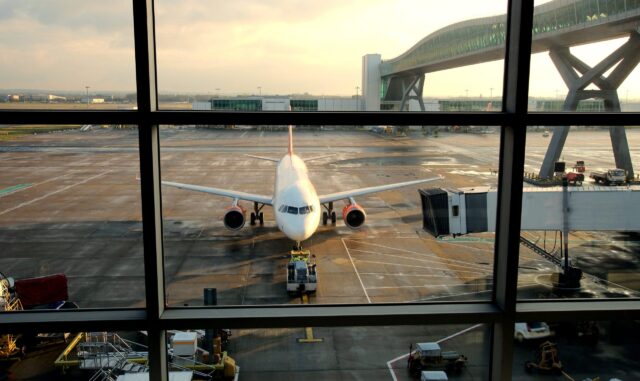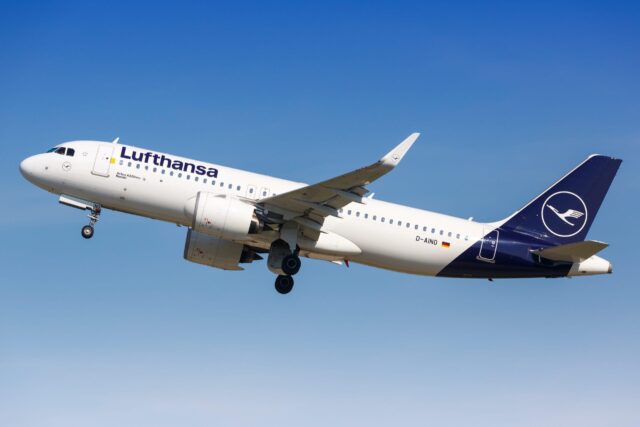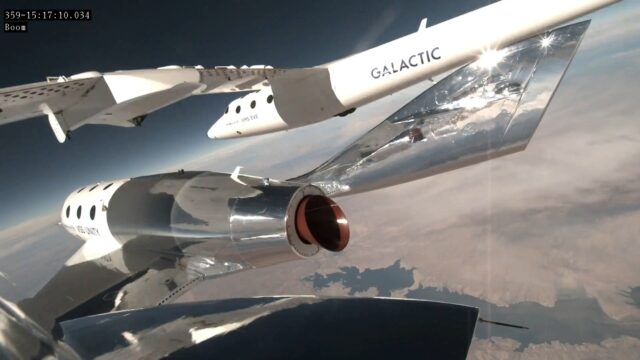‘Major shift in how we will move around cities’: Eve forecasts fleet of 30,000 eVTOLs by 2045

Eve Air Mobility has published its first Global Market Outlook, offering a look at how electric vertical take-off and landing aircraft are expected to reshape urban transportation over the next two decades.
The report, launched ahead of Eve’s showcase at the 2025 Paris Air Show, predicts rapid growth in the Urban Air Mobility (UAM) sector, with electrical vertical takeoff and landing (eVTOL) aircraft forecast to become a mainstream mode of travel in densely populated regions worldwide.
Compiled using data from 1,800 cities, 1,000 airports and over 27,000 civil helicopters currently in operation, the analysis paints a picture of a fast-developing market that could see 30,000 eVTOLs in service by 2045, transporting up to three billion passengers and generating $280 billion in revenue.
‘A positive shift towards sustainable mobility’
“The Global Market Outlook furthers the excitement and momentum we have seen in collaborating with our customers and municipal partners worldwide,” said Johann Bordais, CEO of Eve Air Mobility.
“Today, the UAM market benefits from urban growth, higher traffic congestion, and a positive shift towards sustainable mobility. Demand for UAM is strong and marks the beginning of a major shift in how people will move and live in cities worldwide.”

According to the report, primary use cases for eVTOL operations include city-centre point-to-point trips, airport transfers, sightseeing and tourism services, medical transport, and private or corporate charters.
These applications will be crucial in alleviating traffic pressure in the world’s increasingly gridlocked cities, Eve says.
Congestion remains a dominant factor in Eve’s modelling.
The report notes that by 2035, more than 800 cities are expected to exceed one million residents, collectively housing over 2.5 billion people.
In 2024, urban dwellers in cities like Bengaluru, London, New York, São Paulo and Johannesburg each lost over 100 hours annually due to congestion, reinforcing the need for alternative mobility solutions.

Eve’s market analysis shows the Asia-Pacific region leading future eVTOL adoption, driven by the density of megacities and a rapidly expanding middle class. North America follows, benefiting from existing aviation infrastructure and strong financial backing.
European expansion is expected to be more gradual due to regulatory complexities, while Latin America offers opportunities tied to renewable energy and urbanisation.
The Middle East is emerging as an early tech adopter focused on sustainable transport, and Africa is positioned to leapfrog infrastructure constraints with UAM solutions supporting tourism and urban access.
Eve highlights challenges for the sector
The Outlook also touches on the practical realities the sector must confront as it scales.
These include securing regulatory approvals, enhancing safety protocols, integrating with air traffic systems and boosting battery energy density. Existing heliport infrastructure, the report notes, will play an essential role in the early phases of deployment.
While the industry continues to evolve, Eve is hoping for a successful Paris Air Show.
A day before the 55th edition of the Paris Air Show officially opens, Eve announced it had signed a binding deal for up to 50 of its aircraft.
The manufacturer signed with Revo, a UAM operator headquartered in Sao Paulo, Brazil, as well as its parent company Omni Helicopters International (OHI).




